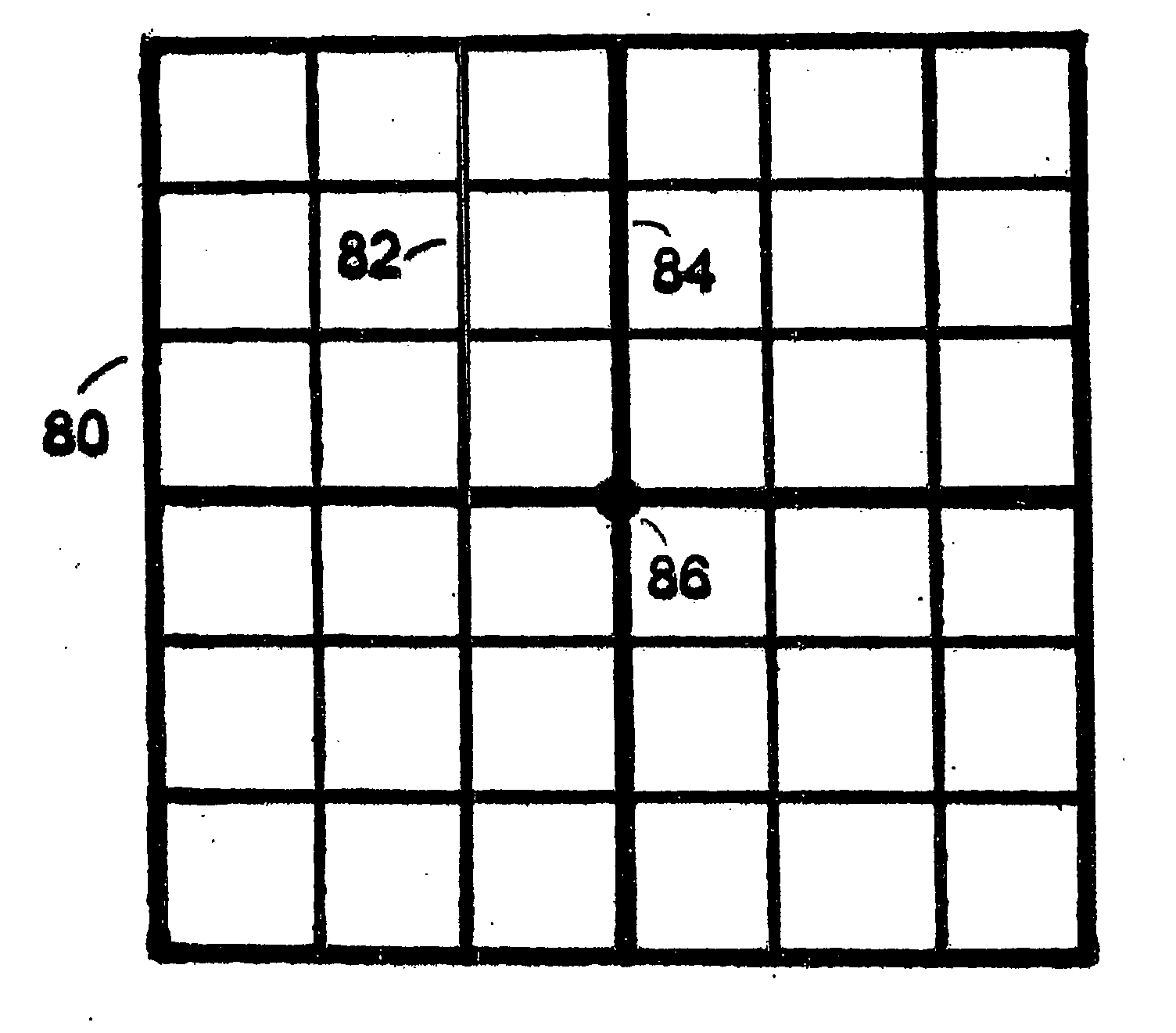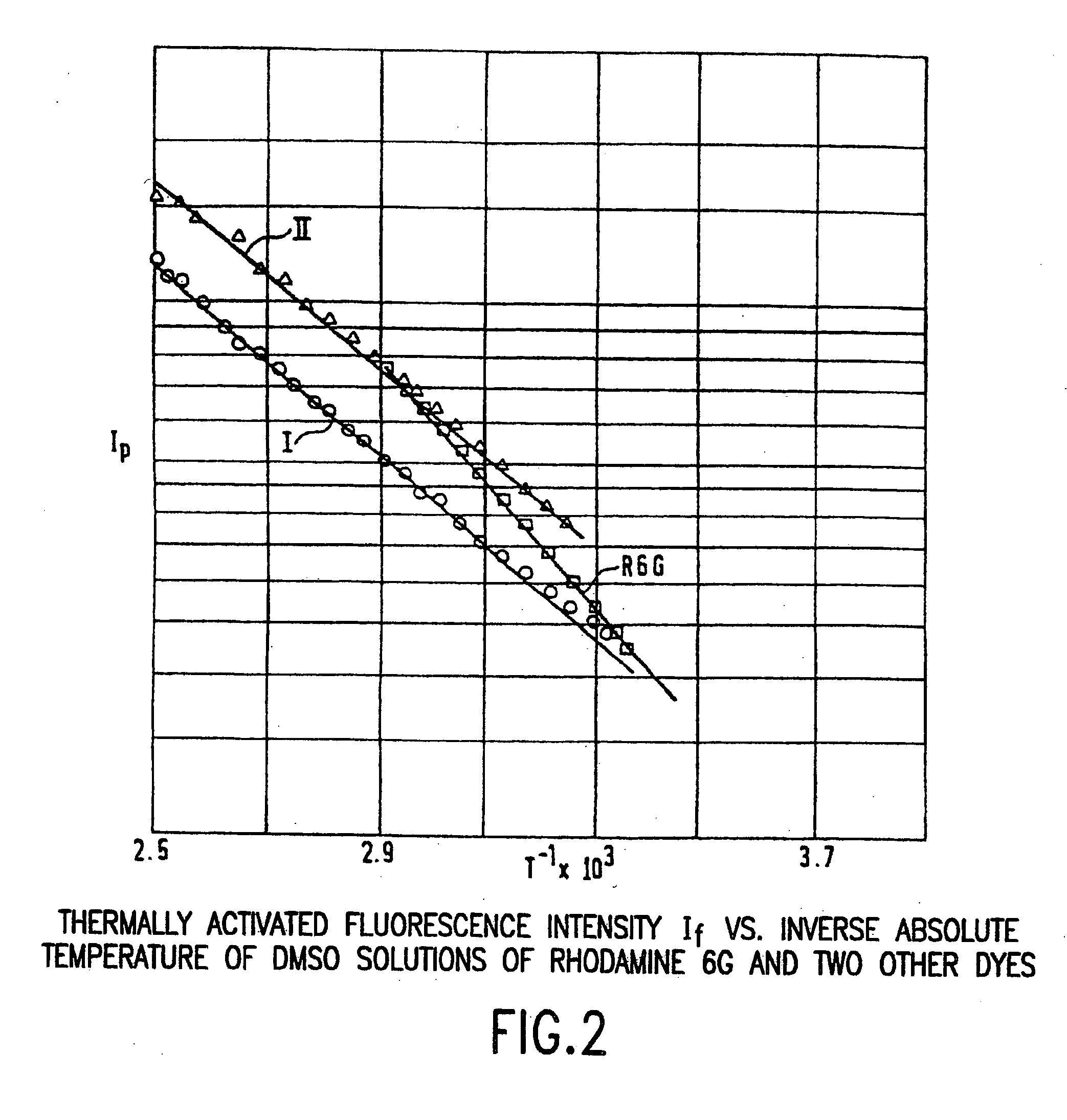Optical detectors for infrared, sub-millimeter and high energy radiation
a technology of infrared and high energy radiation, applied in the direction of optical radiation measurement, luminescent dosimeter, instruments, etc., can solve the problems of small noise contribution and heating effect, and achieve the effect of reducing the thermal mass of discrete objects
- Summary
- Abstract
- Description
- Claims
- Application Information
AI Technical Summary
Benefits of technology
Problems solved by technology
Method used
Image
Examples
Embodiment Construction
2.1 Detectors for Infrared Radiation
[0056] In broad terms, there are two kinds of electrical long wavelength infrared detectors namely a) quantum detectors and b) bolometers.
[0057] In a quantum detector the absorption of infrared photons within an electronic absorption band generates charge carriers with a quantum efficiency q.
[0058] A bolometer is essentially a temperature-dependent resistor of relatively low thermal mass m.Cv, where m is the mass of the detector in grams and Cv is its heat capacity per gram at the operating temperature. The lower the thermal mass, the greater the temperature rise and, hence, the signal generated by the absorption of a unit of energy of the absorbed infrared radiation. Bolometers are sensitive over a much greater range of infrared wavelengths than quantum detectors. Cryogenically-cooled bolometers are especially sensitive. The most sensitive bolometers operate in the lower cryogenic regions, usually at liquid helium temperatures (4.2 K and belo...
PUM
 Login to View More
Login to View More Abstract
Description
Claims
Application Information
 Login to View More
Login to View More - R&D
- Intellectual Property
- Life Sciences
- Materials
- Tech Scout
- Unparalleled Data Quality
- Higher Quality Content
- 60% Fewer Hallucinations
Browse by: Latest US Patents, China's latest patents, Technical Efficacy Thesaurus, Application Domain, Technology Topic, Popular Technical Reports.
© 2025 PatSnap. All rights reserved.Legal|Privacy policy|Modern Slavery Act Transparency Statement|Sitemap|About US| Contact US: help@patsnap.com



